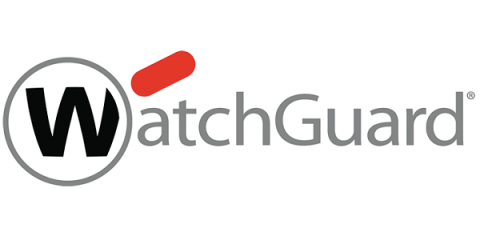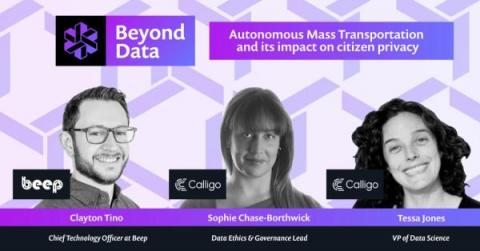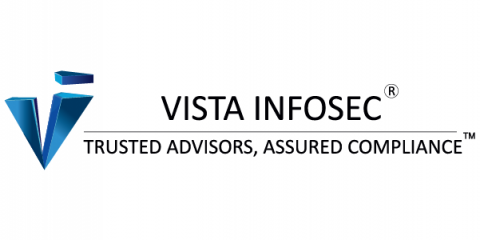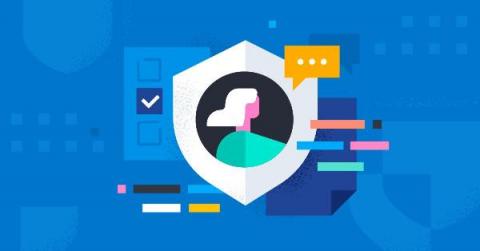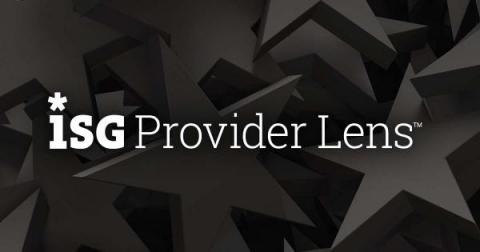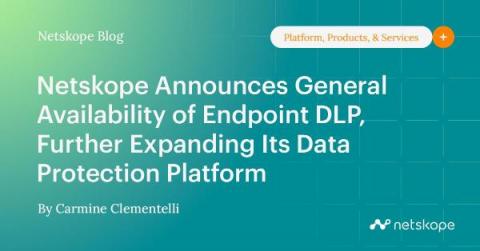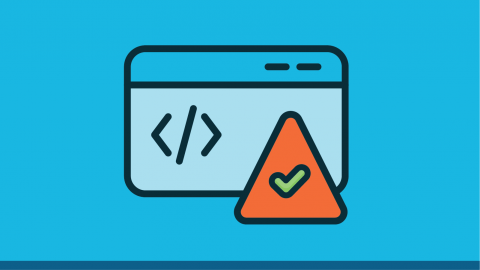Guide to the best data privacy certifications for 2022
According to research by Statista, over 80% of internet users in the US fear that their personal information is vulnerable to hackers. Data privacy defines how organizations and other entities collect data on other individuals, how they process it, for what purposes they collect and process it, how long they keep it, and how they protect it, to name a few. In the modern digital environment, data privacy certifications are essential since they impart the skills needed to become privacy specialists.



